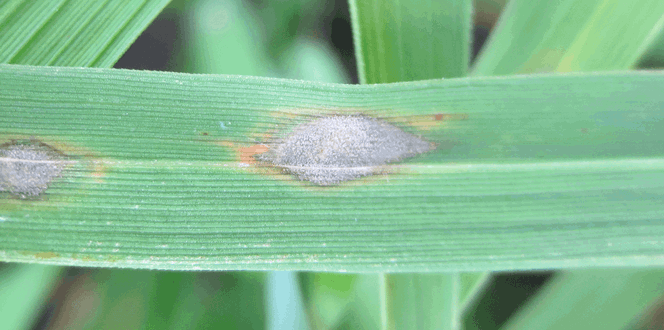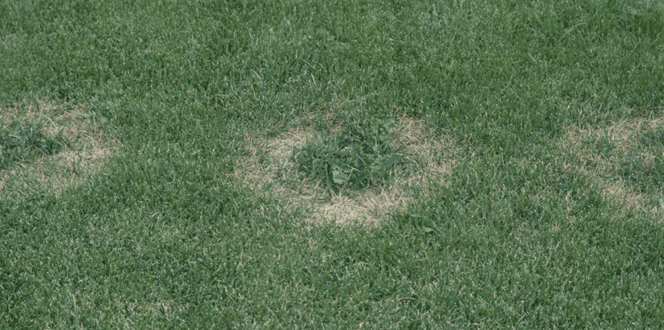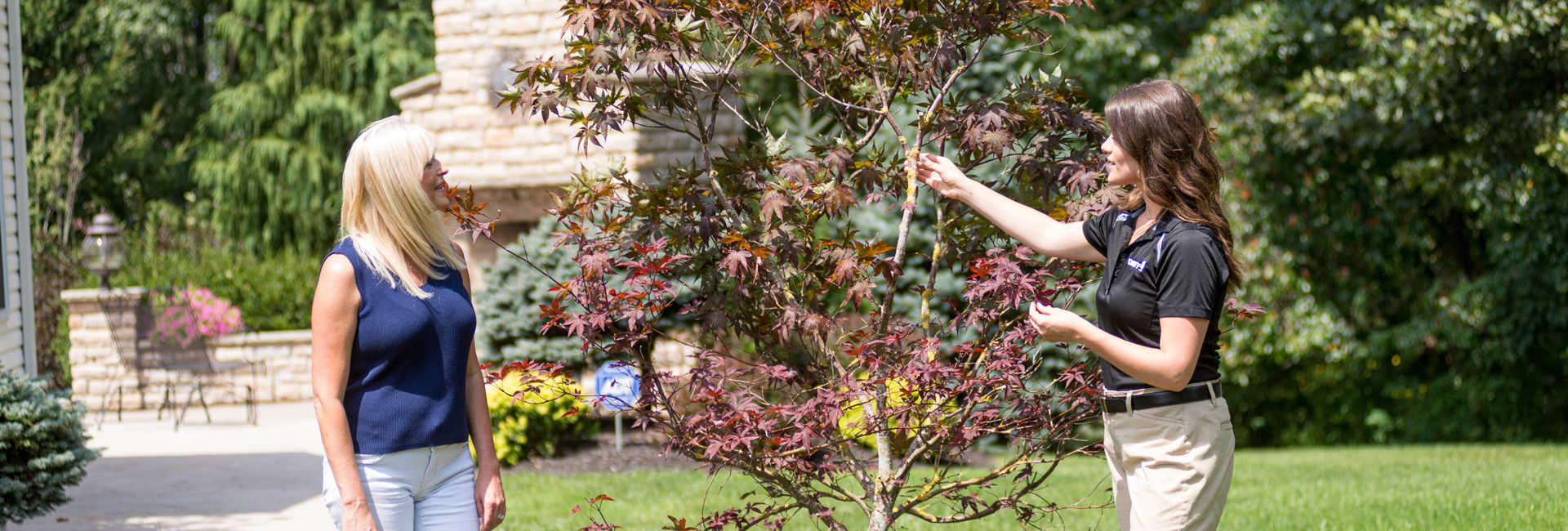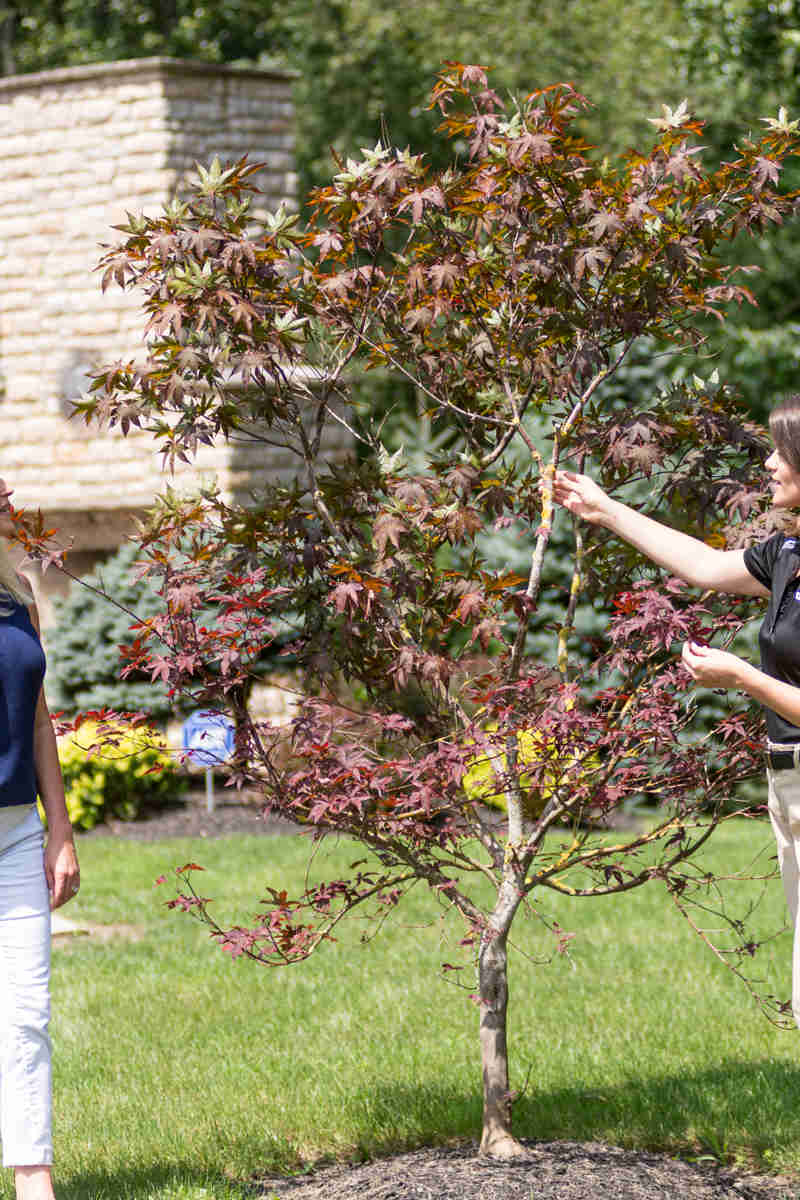Fall Armyworm Description
The fall armyworm is a localized pest and does not cause widespread damage, but things are different this year. The Midwest and Northeast are experiencing an unpresented outbreak of fall armyworms in 2021. The fall armyworm overwinters as an adult moth in the southern parts of the United States. It is likely the adult moths hitched a ride in air currents of the large storms that moved through the Midwest and Northeast in early August. These moths likely dropped out of the air currents and deposited white, fluffy egg masses on the leaves and structures overhanging turfgrass stands.
The eggs of fall armyworm hatch in ~7 days and the emergent small, striped caterpillars immediately begin feeding on the turf. The caterpillars of armyworm vary in color from tan to dark brown with distinctive stripes along their body. Fall armyworms can easily be confused with other caterpillars, but a key identifying feature is the inverted white “Y” shape behind their head.
Fall Armyworm Damage
Fall armyworm caterpillars eat the leaves and stems of turfgrasses, but typically do not destroy the crown of the plant. Early feeding damage can resemble drought-stressed turf, but can quickly progress to complete browning of the entire stand when caterpillars are present in large numbers. The damage from fall armyworms is unique because the caterpillars move across the property as a group and often create a distinct line between damaged and undamaged areas. The easiest way to diagnose fall armyworm damage is to get on your hands and knees and look for the caterpillars in the affected areas; you won’t have any issues finding them if they are present!
Fall Armyworm Control in Turf
If the infestation is caught early, then an application of a pyrethroid-containing insecticide (e.g. bifenthrin) can quickly control the caterpillars. Liquid applications are preferred since granular applications often take 3-5 days to effectively control the caterpillars. If the damage has already occurred, then turfgrass stands can possibly recover if the crowns of the plants are protected from desiccation via supplemental irrigation.





